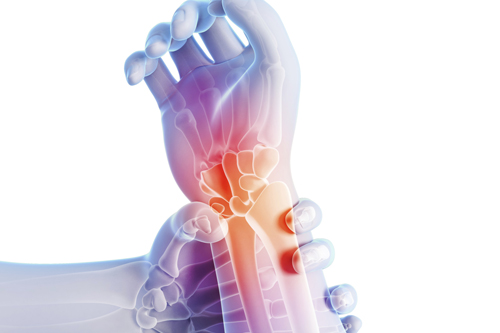
Even after undergoing surgery for carpal tunnel syndrome, some patients are still bothered by occasional tingling and numbness in the affected hand . Carpal tunnel syndrome involves the median nerve, which runs down the forearm, through the wrist and into the hand where it provides feeling and power to the palm, thumb and middle fingers. To cross into the hand, the nerve passes through a narrow space, or tunnel, formed by the wrist bones and the ligaments that hold these bones together. When the ligaments become irritated and enlarged, they press on the median nerve, causing pain, tingling and numbness. Over time the nerve may be permanently damaged.
Computer users, along with people who use their hands and wrists repetitively, as in assembly line work, hold their wrists for long periods in ergonomically awkward positions or spend many hours playing video games, are at a higher risk for carpal tunnel syndrome. Women are three times more likely than men to develop the syndrome, which usually occurs only in adults.
Often carpal tunnel syndrome can be eliminated simply by limiting repetitive use of the hand, wearing a wrist splint and making ergonomic adjustments to relieve stress on the wrist. If these measures do not help, surgery to widen the tunnel space and relieve pressure on the nerve may be necessary.
Unfortunately, tingling and numbness may recur sporadically after carpal tunnel surgery, especially when the hand is held with the wrist either cocked back or hanging down. Physical therapy can accelerate post-surgical recovery. We can design a hand exercise program to help restore circulation, muscle strength and joint flexibility in the hand and wrist.

















